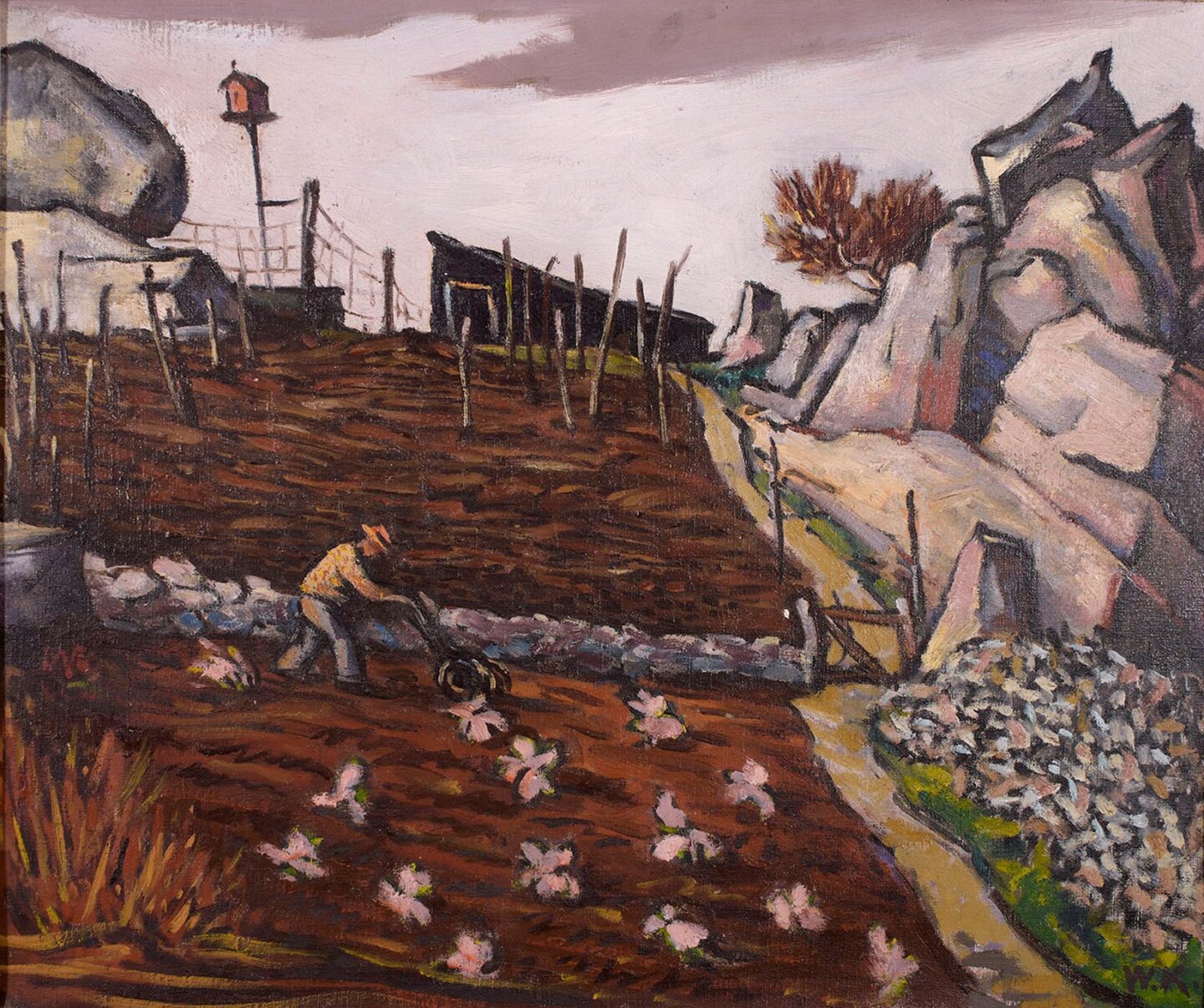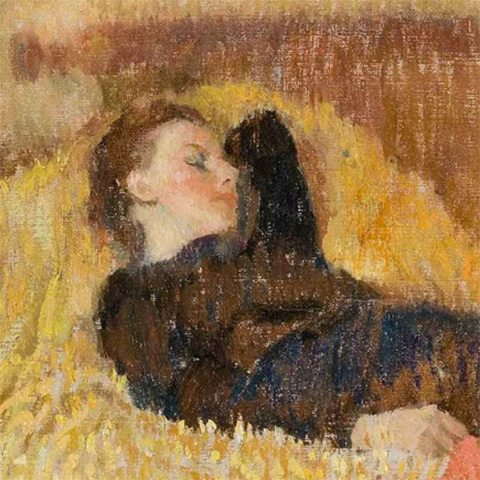Exhibitions
The Artist in the Connecticut Landscape
- Museum Hours: Tuesday through Sunday, 10am to 4pm.
October 2, 2015–January 31, 2016
Exhibition Celebrates Statewide Digital Partnership
The Artist in the Connecticut Landscape uses a digital twist to highlight Connecticut’s role in shaping the history of American landscape painting over the past two centuries. the exhibition borrows the notion of the online keyword searches and organizes the 76 artworks into categories that cut across traditional chronology to illuminate the complex ways in which we find meaning in the Connecticut landscape.
The Artist in the Connecticut Landscape marks the completion of an expansive project, funded by the National Endowment for the Arts, to contribute over 400 digital images of fine art to a decade-old collaborative digital library of over 15,000 drawings, prints, maps, and photographs depicting historic images of Connecticut. Re-launched in 2015 as Connecticut History Illustrated (connecticuthistoryillustrated.org), the virtual library offers a platform for searching across media and institutions to discover cultural treasures. This exhibition draws from the collections of ten partner institutions to present some of the most renowned depictions of Connecticut in art from the eighteenth to the twentieth centuries. The works are from the collections of the Connecticut Historical Society, the Connecticut State Library, the Florence Griswold Museum, the Lyman Allyn Art Museum, the Mattatuck Museum, the Mystic Arts Center, Mystic Seaport, the New Britain Museum of American Art, the Slater Memorial Museum, and the Wadsworth Atheneum.
By drawing on fine art collections from around the state, the exhibition reveals the surprising diversity of Connecticut’s landscape and the art that records it. Paintings of Connecticut’s terrain reflect a balance between rural scenery and urban vitality characteristic of a state whose small borders encompass a range of environments, from secluded woods, to clapboard barns, to towering smoke stacks, to panoramic shores.
Inspired by the digital library, The Artist in the Connecticut Landscape divides the paintings into eleven thematic categories that match keyword searches people might apply to the Connecticut landscape. The categories vary from colonial and countryside to factories and forest. As part of the exhibition planning, audience input on how various works of art should be categorized within the exhibition was sought through the Florence Griswold Museum’s social network.
Sybil Huntington May’s Haddam, ca. 1758 (Connecticut Historical Society) is thought to be the earliest painting of the Connecticut landscape in North America. Haddam is part of the “Colonial” section of the exhibition and adapts the conventions of leisurely British sporting scenes to the landscape surrounding the artist’s home on the banks of the Connecticut River. Also in this section are early-twentieth-century landscape paintings from some of the state’s art colonies, an example of the way that a keyword like “colonial” can bring materials together in surprising ways.
Categories or keyword searches such as “Roads,” “Factories,” or “Towns” bring up depictions of Connecticut’s towns and cities reflecting the growth of population and the hustle and bustle of commerce and manufacturing along streets and waterfronts. George Henry Durrie’s Ithiel Town Truss Bridge, 1853 (Mattatuck Museum) shows the 1823 truss bridge designed and patented by the New Haven architect Ithiel Town. The bridge had a 114-foot span crossing the Mill River between Hamden and Cheshire, Conn., in an area then called Whitneyville. Durrie included narrative elements in this landscape, showing the architect comparing the bridge to a sketch in his hands.
The Ledges, October in Old Lyme, 1907, by Childe Hassam (Florence Griswold Museum) is placed in the “Forest” category and explores how artists at the turn of the twentieth century hoped to immerse themselves in the beauties of nature as an antidote to urban life.
The Artist in the Connecticut Landscape offers audiences a chance to appreciate the breadth of scenery found in every corner of the state. The landscapes represented in the exhibition are treated as windows into the time and place of their creation, unlocking for contemporary visitors the shifting uses and meanings of Connecticut’s landscape over two hundred and fifty years. Combined with the photographs, maps, and other documents available on Connecticut History Illustrated, which visitors can peruse on a gallery kiosk or later at home, audiences will be able to consider their own perspectives on Connecticut’s landscape.
This exhibition is sponsored by The Hartford Steam Boiler Inspection and Insurance Company, The Starr Foundation, the Rudolph and John Dirks Fund of the Community Foundation of Eastern Connecticut, and The George A. & Grace L. Long Foundation.













